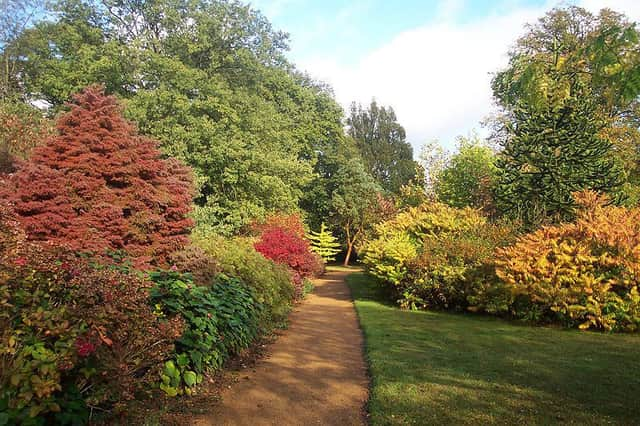It’s so just yew


Every home needs its boundaries, and hedges – “green fences and walls” – are a wonderful way of putting one in place and, at the same time, bringing a host of other benefits to the garden.
Hedges can provide a living shield between you and the world, and depending on the species, you can have year-round foliage or just seasonal interest.
Advertisement
Hide AdAdvertisement
Hide AdWildlife can find refuge in hedges, which also filter wind without creating turbulence – one of the big problems with solid structures.
A thorny hedge is also an effective deterrent to unwanted visitors, and all hedges are a barrier against dust, dirt and litter.
For beautiful and practical garden boundaries, look at evergreens such as conifers, yews or box which are perfect for smart, year-round green boundaries.
For some seasonal plant magic, go for deciduous plants – for example, hornbeam or beech. Thorny plants like berberis or pyracantha will improve your security, and for flower-rich hedges, consider Rosa rugosa or fuchsia, even potentilla whose attractive, colourful blooms will be a source of pleasure every year.
Advertisement
Hide AdAdvertisement
Hide AdPlanting a hedge is straightforward if you follow some simple steps. And autumn is the ideal time to do the job.
Dig a 90cm strip (150cm for boundary hedges). Fork in plenty of compost or well-rotted manure (a barrowload per metre is ideal and should help to avoid subsequent drought problems).
Use either bare root or container-grown plants and plant along a line approx 45cm apart for deciduous and 90cm for conifers.
If your garden is in an exposed position, protect young conifers with a plastic mesh windbreak. Water all plants well, apply general fertiliser in early spring and water regularly throughout the next growing season.
Advertisement
Hide AdAdvertisement
Hide AdHedges don’t need to be made up of a single species. If there’s the space, a mixed hedge, perhaps including hazel, ash and blackthorn, will provide a suitable bridge between the garden and the ground beyond.
If you’ve don’t want things to be too regimented, let it grow a little wild – clematis climbing through a tangle of branches will create a wonderful splash of colour.
At the opposite extreme, box or yew hedges can make a very formal statement either neatly clipped or year on year transformed into a topiary wonderland. It’s a bit more work, but well worth the effort for something different.